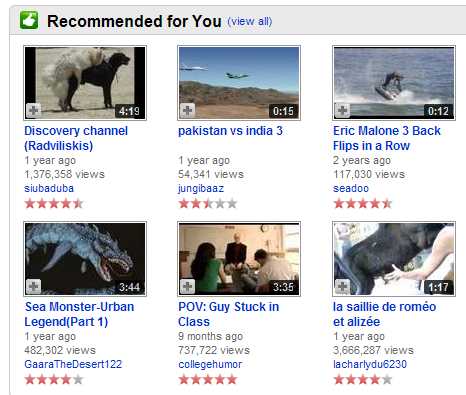Google Wave is a pretty impressive demo, and the fact that they are open sourcing most of it, documenting the protocol and enabling federation is a major win, but I’m hesitant to think it will replace email anytime soon, if ever.
John Gruber has a very interesting observation:
Communication systems that succeed are usually conceptually simple: the telegraph, the telephone, fax, email, IM, Twitter. So color me skeptical regarding Wave’s prospects.
A very valid point. Popular technical communication systems solve one communications problem. Attempts to solve more than one so far have failed. A good example is the video phone we were supposed to have in every home 20 years ago. Even today with cheap web cams, video and telephony is rare to combine and is seen as somewhat of a novelty.
Wave also has other limitations such as people who use Wave interacting with people who don’t. Most of the “wow” in Wave requires interacting with other Wave users. Pretty cool if everyone you communicate with is using Wave, but no so much if many/most of your contacts aren’t using Wave. How many people only communicate with others using the same mail provider? Google users never email Yahoo and Microsoft users?
Will Wave be adopted? For one thing it will change the business model of many email providers. Wave will be significantly more resource intensive than basic webmail and POP3 access (or IMAP for the rare few). One could argue spam has made Email somewhat resource intensive, but Email has more slack regarding expected latency since it’s not “real time”. Email is often given away with internet access, web hosting, or just as a freebie because providers know that email keeps users coming back and it’s extremely low cost to provide. It also retains users. For example lots of non-AOL users keep their AOL account just for the email.
Then there’s the issue of ownership. Group editing a wave sure sounds like fun, as it’s so wiki-like. All that collaboration is also a real boost for productivity, but it does have it’s downsides. Who owns that data? Obviously companies are going to be a bit concerned about this aspect. Email has the benefit of being rather concrete. Send, receive. Those are the only two functions supported. Replies are merely a copy of a previously received email with an appended response. Ad-hoc collaboration seems to create a new twist. The courts have also seen their share of email. Wave means new precedents and interpretation in the law. How many companies you think want to test that pool?
One thing the Google team said virtually nothing about was security.
Email was never designed to be secure. SMTP servers initially had no authentication anyone could send using any SMTP server. Auth was bolted on later on, and is still problematic (receive before send anyone?). Presumably since Wave is built on top of XMPP SSL will be we the encryption mechanism. But that’s only on the transport level between federated servers. What about end to end? Is an S/MIME like method supported? SSL to the user is a secure transport layer but doesn’t protect from interception by either server. Since it’s text you could use PGP and send a message, though you loose a lot of functionality and grace.
SPF is a hack for email origin verification. It works OK where it’s supported, but not everyone supports it from a provider or user perspective making it a pretty poor solution. Will Wave be utilizing EV-SSL? How about supporting verification from the actual user? S/MIME signature? Verifying identity is critical to being a successor to email. Both verifying the organization, and the user at the organization.
Lastly spam. How does Wave attempt to mitigate the spam problem? Sounds like one of the possibilities is a whitelist which doesn’t work in email, and is unlikely to work in a Wave. Unsolicited emails are good in many non-spammy situations. For example a friend emailing from a new address or another business discussing a partnership. Sure you can prompt each time to add to whitelist, but then the process itself becomes spam. Do you wish to add “buy-viagra-at-thebiggestviagrastoreintheworld.com@yahoo.com” to your whitelist? You get the picture. I’m sure there will be traditional filtering as well, but that still doesn’t solve the problem.
I think Wave has a chance, but it’s not a very high chance of success. There are a lot of barriers. Email is still the ultimate API for it’s ease of use and implementation. Email didn’t survive for so long because there was nobody willing to build something better. Email survived because it became the standard and worked in virtually all situations. It was simple enough for users and implementers alike.
I think it’s much more likely that concepts from Wave will end up elsewhere, rather than Wave replace email. Because of that, I’d call it a disruptive innovation.

